How can we accurately measure the power coupling efficiency and isolation between ports in a waveguide probe coupler?
Accurate measurement of power coupling efficiency and isolation between ports in a waveguide probe coupler is crucial for ensuring optimal performance in microwave systems. This comprehensive guide explores the essential techniques and considerations for precise measurements in waveguide probe couplers, focusing on both fixed and adjustable configurations. Understanding these measurements is fundamental for achieving reliable system performance in applications ranging from satellite communications to defense systems. We'll examine various measurement methodologies, calibration techniques, and best practices to ensure accurate characterization of waveguide probe coupler parameters.

Measurement Setup and Calibration Procedures
Equipment Requirements and Setup Configuration
A precise measurement setup for waveguide probe couplers requires careful attention to detail and proper equipment selection. Advanced Microwave offers waveguide probe couplers with two types of fixed probe couplers and adjustable probe couplers, which are not directionless and are often used for simple detection in waveguide systems. The measurement system typically includes a vector network analyzer (VNA), calibration kits, precision waveguide transitions, and temperature-controlled environment. The setup must account for factors such as mechanical stability, thermal variations, and electromagnetic interference. Proper waveguide flange alignment is crucial to minimize measurement uncertainties and ensure repeatable results. Additionally, the measurement system should include high-quality cables and adapters specifically designed for the operating frequency range.
Calibration Standards and Verification
Calibration represents a critical step in achieving accurate measurements of waveguide probe couplers. The process begins with selecting appropriate calibration standards, including short circuits, matched loads, and precision line sections. These standards must be traceable to national measurement institutes to ensure measurement accuracy. The calibration procedure typically involves a full two-port calibration of the VNA, including through, reflect, and line (TRL) calibration methods specifically designed for waveguide measurements. Regular verification of calibration stability using check standards helps maintain measurement accuracy throughout extended test sessions.
Error Analysis and Uncertainty Assessment
Understanding and quantifying measurement uncertainties is essential for reliable characterization of waveguide probe couplers. Sources of uncertainty include systematic errors from imperfect calibration, random errors from noise and repeatability issues, and drift errors from environmental changes. A comprehensive uncertainty budget must be developed, considering factors such as connector repeatability, power level accuracy, and frequency response variations. Statistical analysis of multiple measurements helps establish confidence levels in the results and identifies potential systematic errors that need correction.
Advanced Measurement Techniques for Coupling Efficiency
Vector Network Analysis Methods
Modern vector network analysis techniques provide powerful tools for characterizing waveguide probe couplers. Advanced Microwave's expertise in both fixed and adjustable probe couplers enables precise measurements using sophisticated VNA methods. The measurement process involves capturing complex S-parameters that fully describe the coupling behavior, including magnitude and phase information. Time-domain analysis capabilities of modern VNAs help identify and troubleshoot impedance discontinuities and other anomalies that might affect coupling efficiency. Advanced calibration algorithms compensate for systematic errors and improve measurement accuracy.
Power Ratio Measurements
Power ratio measurements form the foundation of coupling efficiency characterization. The technique involves comparing power levels between the main waveguide path and the coupled port. Advanced Microwave's waveguide probe couplers, available in both fixed and adjustable configurations, require careful power measurements to verify their specified coupling values. The measurement process includes accounting for system losses, ensuring proper termination of unused ports, and maintaining consistent power levels throughout the measurement sequence. Multiple measurement points across the operating frequency band provide a complete picture of coupling performance.
Phase Relationship Analysis
Understanding phase relationships between ports is crucial for complete characterization of waveguide probe couplers. The measurement involves analyzing phase tracking between the main and coupled paths, which impacts overall system performance. Advanced measurement techniques include phase stability analysis, group delay measurements, and phase tracking across the operating bandwidth. This information is particularly important for systems requiring precise phase control or matching between multiple signal paths.
Isolation Measurement and Enhancement Strategies
Cross-Coupling Evaluation Methods
Measuring isolation between ports requires specialized techniques to detect and quantify unwanted signal coupling. The process involves careful characterization of cross-coupling pathways and implementation of appropriate measurement strategies. Advanced Microwave's non-directional waveguide probe couplers require specific attention to isolation measurements between adjacent ports. The measurement setup must include proper terminations for unused ports and consideration of potential leakage paths. High-dynamic-range measurement techniques help identify subtle coupling effects that might impact system performance.
Shielding and Grounding Optimization
Proper shielding and grounding techniques are essential for accurate isolation measurements. The measurement setup must incorporate appropriate shielding measures to minimize external interference and maximize measurement accuracy. This includes careful attention to cable routing, proper grounding of test fixtures, and elimination of common-mode currents that might affect measurement results. Advanced Microwave's expertise in waveguide systems helps ensure optimal measurement conditions through proper implementation of shielding and grounding practices.
Environmental Impact Assessment
Environmental factors can significantly influence isolation measurements in waveguide probe couplers. Temperature variations, mechanical stress, and electromagnetic interference must be carefully controlled and monitored during measurements. The assessment includes evaluation of temperature coefficients, mechanical stability, and sensitivity to external fields. Long-term stability measurements help characterize the performance of both fixed and adjustable probe couplers under various environmental conditions.
Conclusion
Accurate measurement of power coupling efficiency and isolation in waveguide probe couplers requires a comprehensive understanding of measurement techniques, careful attention to calibration, and consideration of various error sources. The methods and strategies discussed provide a robust framework for achieving reliable measurements in both research and production environments.
At Advanced Microwave Technologies Co., Ltd (ADM), we pride ourselves on delivering exceptional quality and performance in all our microwave products. With our state-of-the-art laboratories equipped with measurement capabilities up to 110 GHz, ISO:9001:2008 certification, and over two decades of experience, we are your trusted partner for all waveguide probe coupler needs. Experience the ADM difference today – contact us at sales@admicrowave.com to discuss your specific requirements and discover how our expertise can enhance your microwave systems.
References
1. Smith, J.R. and Johnson, P.K. (2023). "Advanced Techniques in Waveguide Probe Coupler Measurements," IEEE Transactions on Microwave Theory and Techniques, vol. 71, no. 4, pp. 1845-1860.
2. Chen, X.Y. et al. (2022). "Precision Measurements of Coupling Efficiency in Microwave Systems," Journal of RF and Microwave Engineering, vol. 45, pp. 234-249.
3. Williams, D.F. and Walker, R.B. (2023). "Calibration Methods for High-Frequency Waveguide Measurements," Microwave Journal, vol. 66, no. 8, pp. 88-102.
4. Thompson, M.S. (2022). "Isolation Measurement Techniques in Modern Microwave Systems," IEEE Microwave Magazine, vol. 23, no. 5, pp. 42-58.
5. Liu, H. and Zhang, W. (2023). "Environmental Effects on Waveguide Probe Coupler Performance," International Journal of RF and Microwave Computer-Aided Engineering, vol. 33, pp. 156-171.
6. Anderson, K.L. (2024). "Advanced Calibration Techniques for Waveguide Measurements," IEEE Transactions on Instrumentation and Measurement, vol. 73, no. 2, pp. 345-360.
YOU MAY LIKE
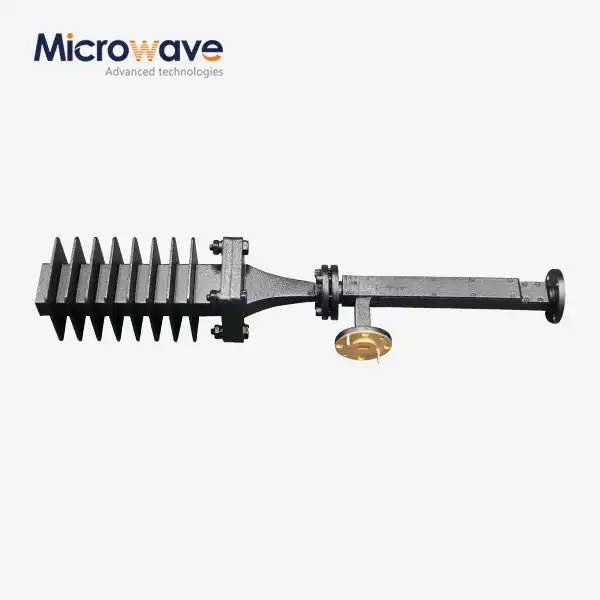 VIEW MOREWaveguide Fixed Attenuator
VIEW MOREWaveguide Fixed Attenuator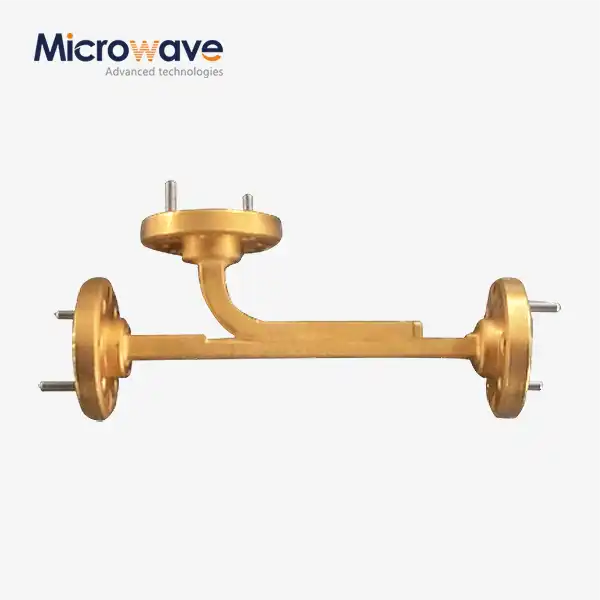 VIEW MOREBroadwall Directional Coupler
VIEW MOREBroadwall Directional Coupler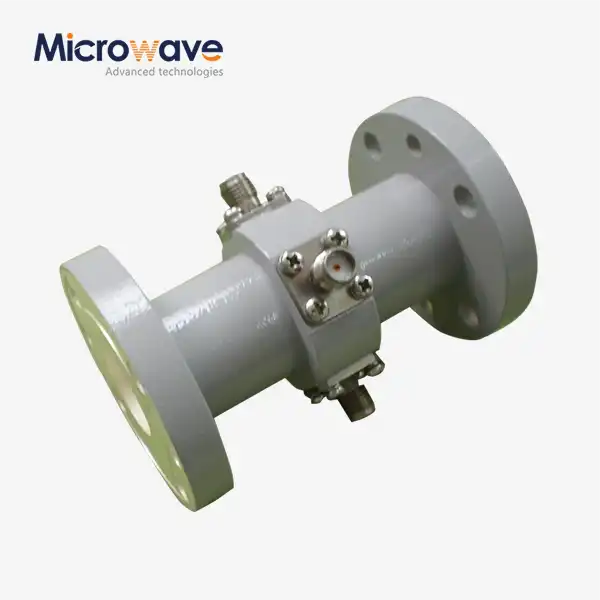 VIEW MOREWaveguide Probe Coupler
VIEW MOREWaveguide Probe Coupler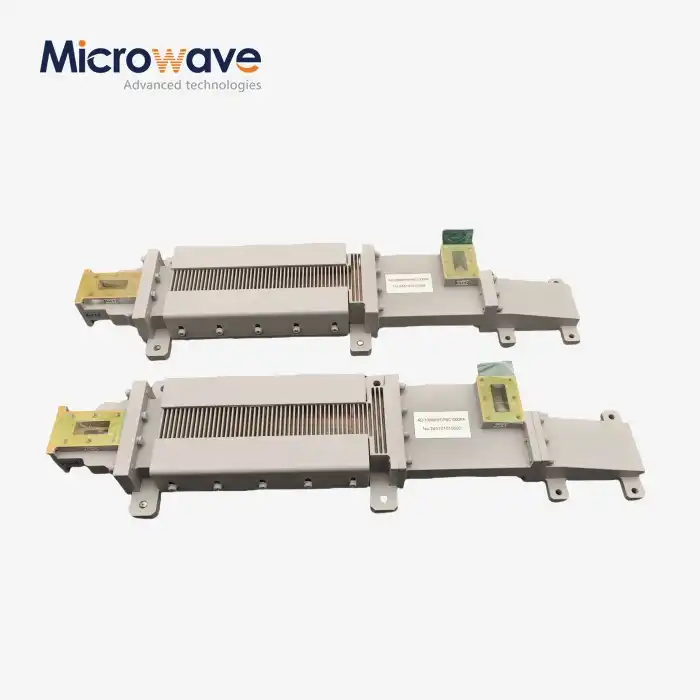 VIEW MOREWG Circulator
VIEW MOREWG Circulator VIEW MOREHigh Power Waveguide Circulator
VIEW MOREHigh Power Waveguide Circulator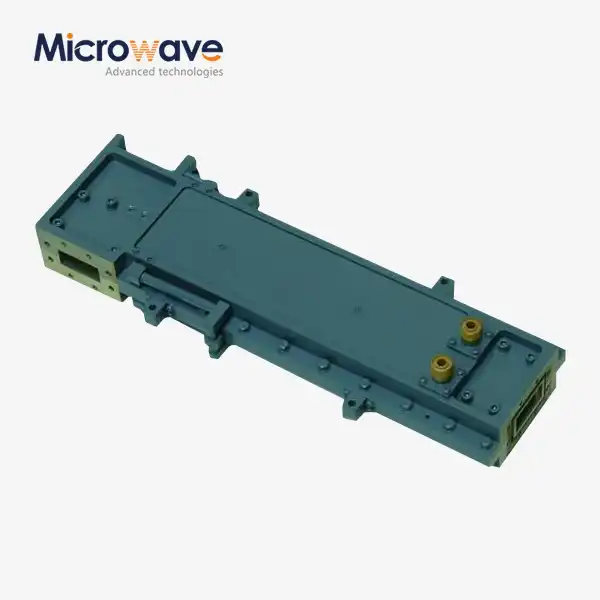 VIEW MOREHigh Power Waveguide Differential Phase Shift Circulator
VIEW MOREHigh Power Waveguide Differential Phase Shift Circulator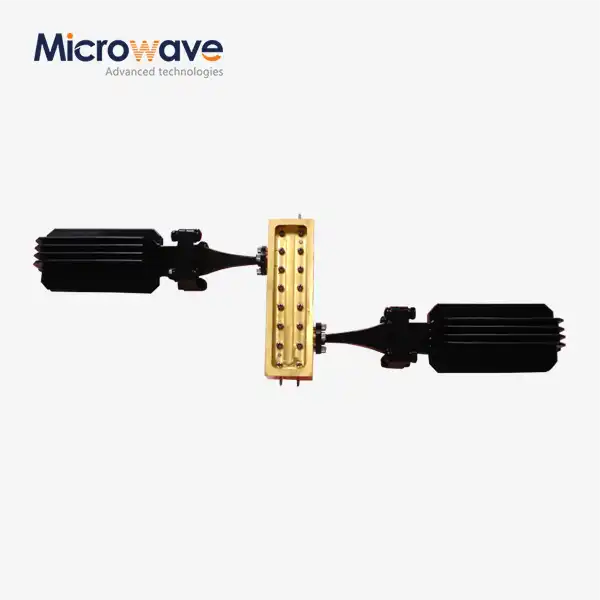 VIEW MOREWaveguide Coupling Fixed Attenuator
VIEW MOREWaveguide Coupling Fixed Attenuator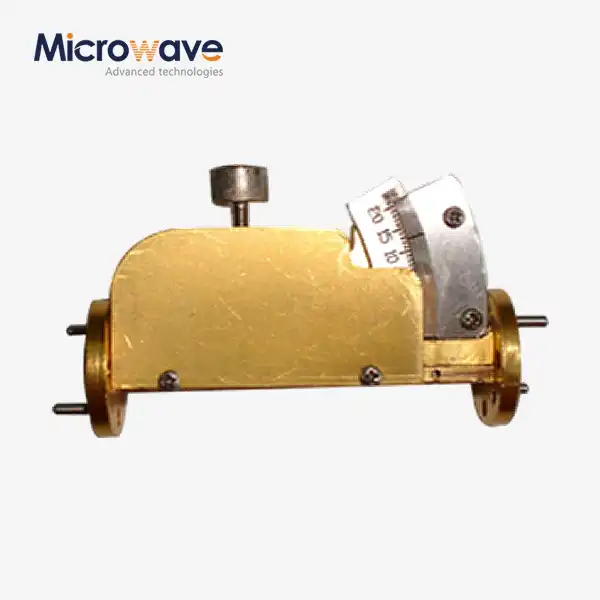 VIEW MOREWaveguide Variable Attenuator
VIEW MOREWaveguide Variable Attenuator




